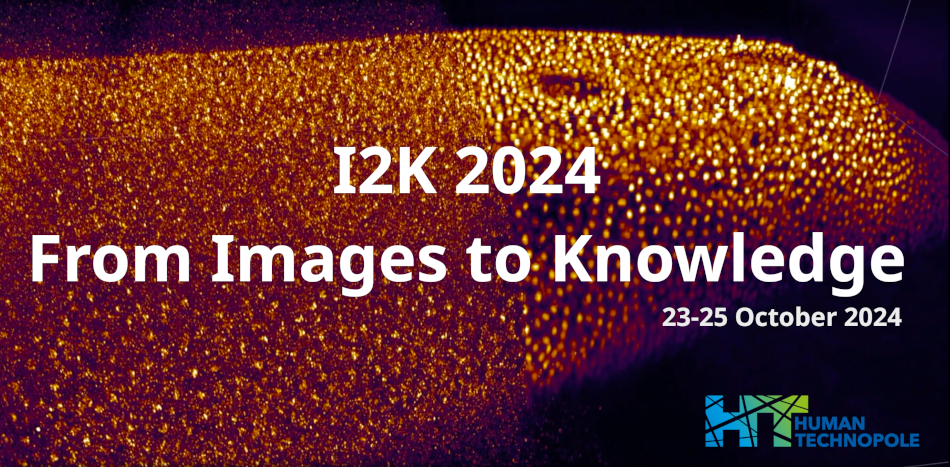Speaker
Description
Creation of machine learning networks for biological imaging tasks often suffers from a crucial gap: the subject matter experts who understand the images well are not typically computationally comfortable training neural networks, and lack simple ways getting started to do so. We present here Piximi (piximi.app), a free, open-source "Images To Discovery" web app designed to make it easy to train and deploy neural networks for image classification, object classification, and segmentation directly in the web browser, meaning users face no installation hurdles and can access web accessibility features such as in-browser translation and can be run on any device with a web browser, including mobile devices. Piximi allows users to upload 8-bit or 16-bit images that use common image formats such as png and tiff and supports arbitrary numbers of channels and z-planes. Project data, including images, annotations, categories, etc. can be saved to a project file, allowing for multi-session use and encouraging reproducibility/sharing. All data stays local on the user's machine, and training happens inside the browser; no data is transmitted to a central server unless explicitly stated. Due to this architecture, Piximi provides the option to be run offline from a locally hosted Docker container or on a user’s personal computer. After loading images into Piximi, users can label the images using any number of created categories. Loaded images can also be annotated via 9 in-app annotation tools, from simple bounding boxes to sophisticated superpixel-based color annotation. Models can be trained based on a small subset of the user’s data and then used to predict on a larger number of unclassified images, simplifying the identification of difficult-to-classify images. In an effort to provide robust functionality without overwhelming less computationally comfortable users, hyperparameters can be tuned in a simple interface and are hidden by default. Models trained by Piximi can then be exported and run on any other device/context that uses Tensorflow, meaning networks trained in-browser on smaller subsets of data can then be applied to arbitrarily large data sets that would not be appropriate for the browser.Users can upload image annotations in common specifications such as COCO and Stardist,or segment object(s) of their choosing using the app's built-in segmentation neural networks or, in some circumstances, an uploaded Tensorflow model from elsewhere. Identified objects can be subsequently classified using Piximi's classifier functionality. In summary, we believe this tool will thus help close the gap between scientists who want to use neural networks, and those who can, accelerating bioimage-based science in many domains.
| Authors | Nodar Gogoberidze*, Levin Moser, Andréa Papaleo, Beth Cimini |
|---|---|
| Keywords | image analysis, web, deep learning, tensorflow, user-friendly |

